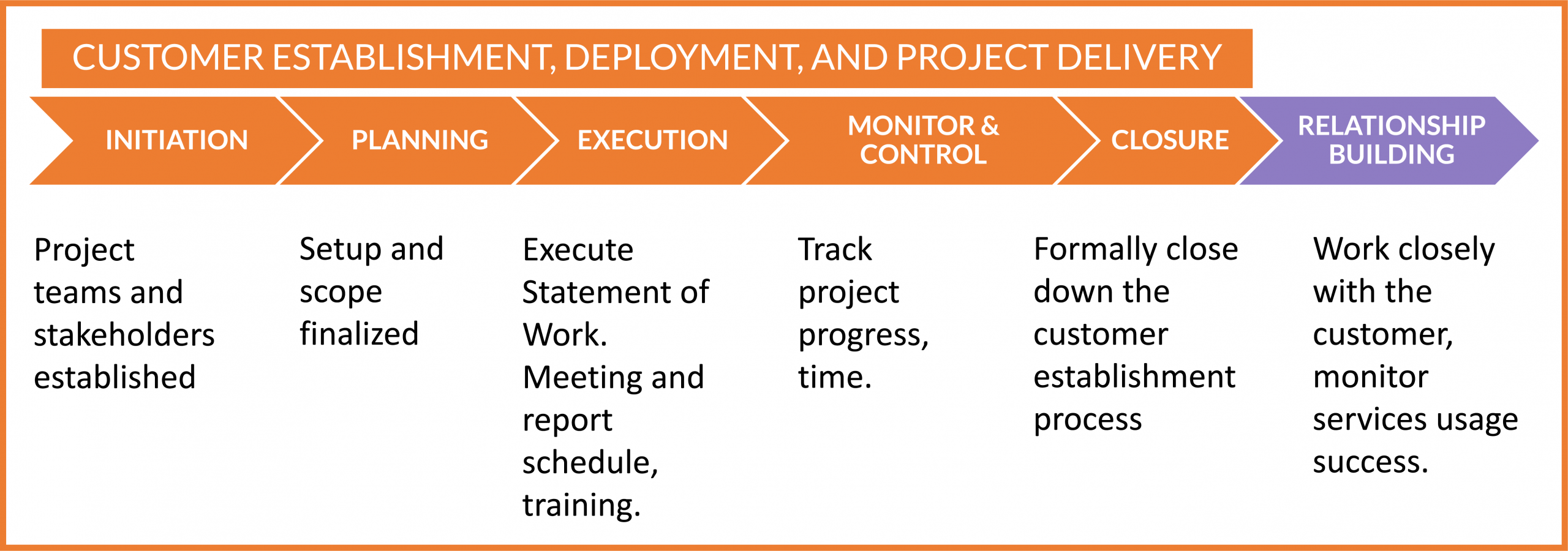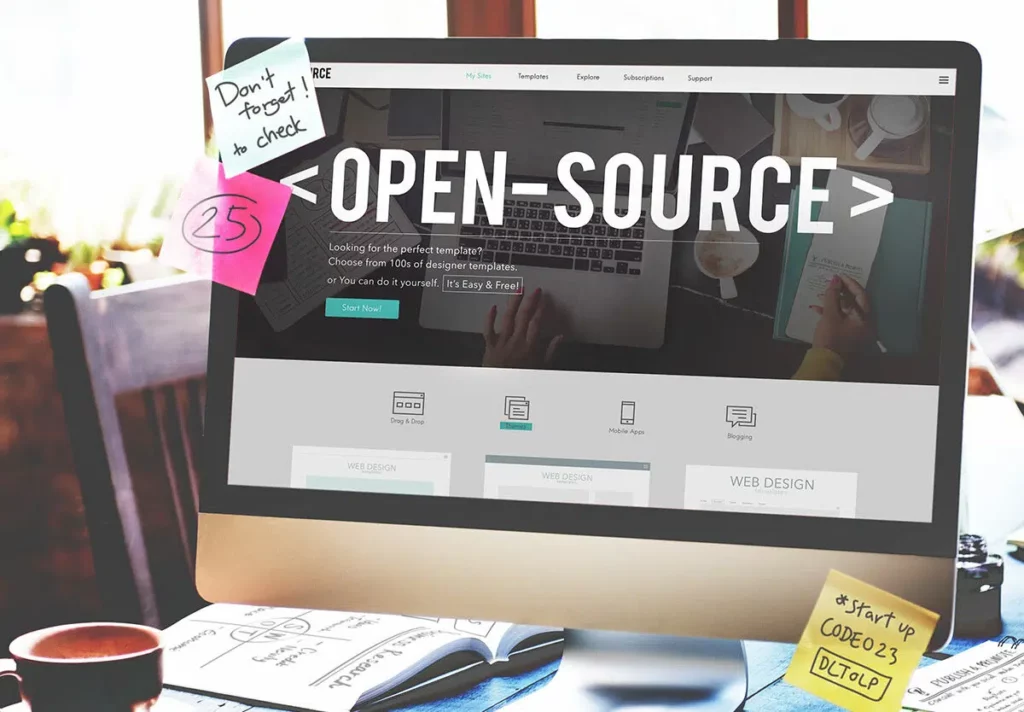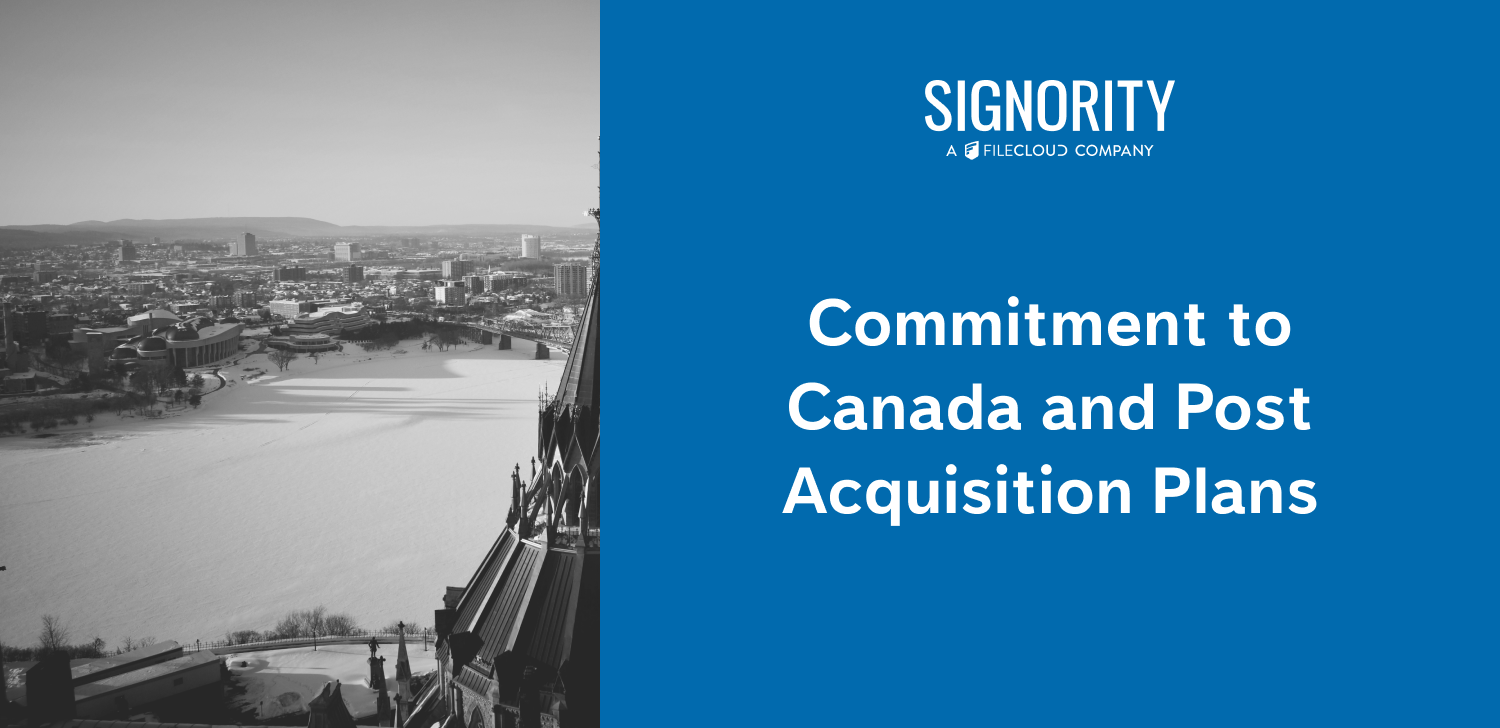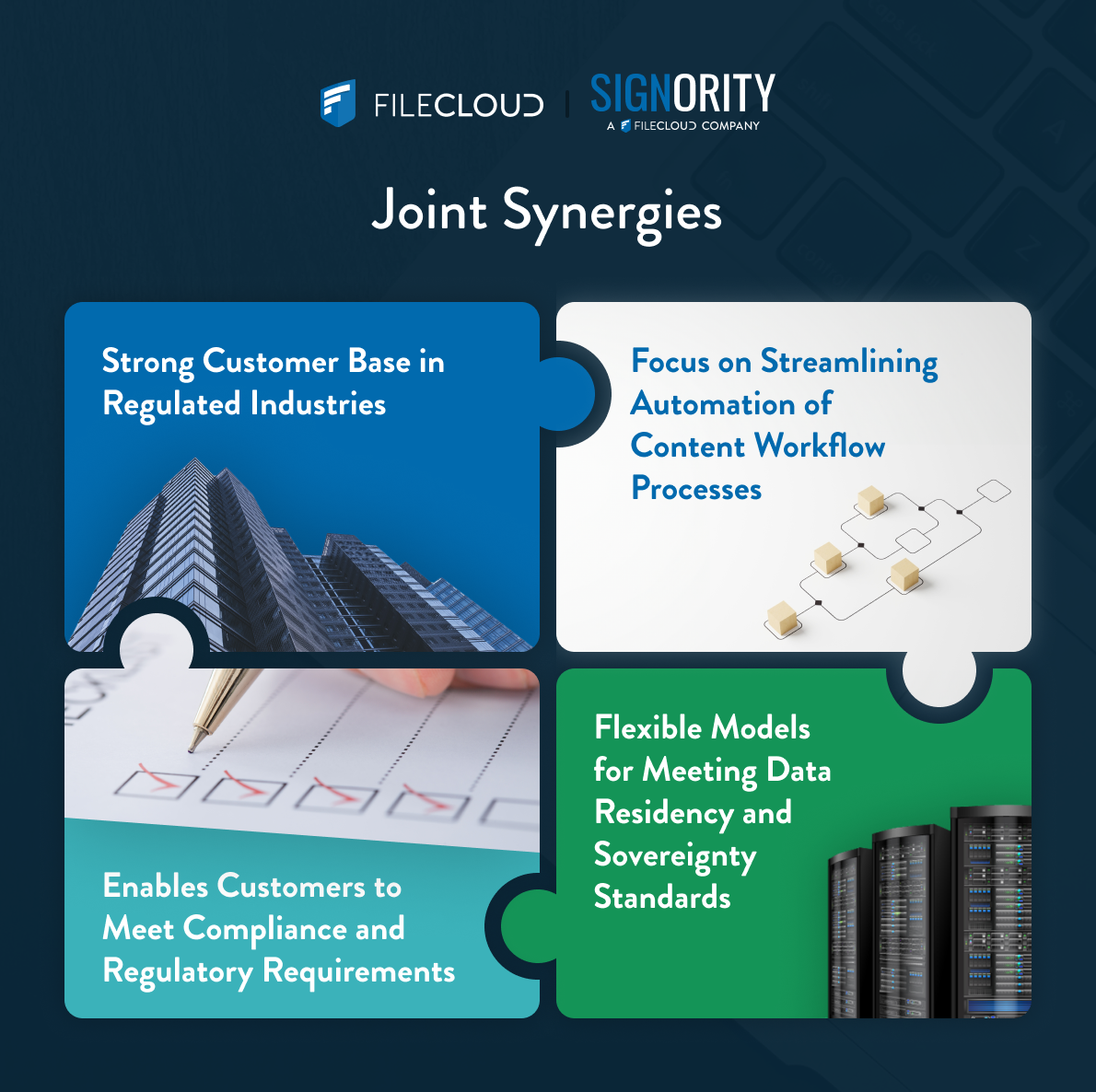January 18th, 2024
As digital transformation becomes a pivotal goal for many organizations, the shift from traditional to digital signing marks a significant evolution. This transition reshapes operational processes, challenges ingrained employee habits, and demands a redefinition of roles and responsibilities. A common hurdle in this journey is overcoming digital adoption fatigue. In this blog, we delve into these aspects of change management and explore how Signority’s Customer Lifecycle Journey can guide organizations towards a successful digital transition, driving business growth and innovation.
Understanding the Change Dynamics
- Operational Process Changes
Transitioning to digital signing represents a shift from manual, paper-based methods to automated digital workflows. This transformation necessitates a thorough reevaluation of existing procedures, paving the way for more efficient, streamlined operations. - Adjusting Employee Habits
Adopting digital signing requires employees to move away from familiar manual processes to embrace new digital methods. This shift involves not just learning new technologies but also adopting new ways of working. - Evolving Roles and Responsibilities
With the automation of previously manual tasks, employees find their roles evolving. The focus now shifts towards managing digital systems, presenting opportunities for professional growth and development. - Combating Digital Adoption Fatigue
The continuous introduction of new technologies can be overwhelming, leading to fatigue or resistance. Effective change management strategies, characterized by empathy and clear communication, are essential to navigate this challenge.
Signority’s Customer-Centric Lifecycle Journey in Change Management
To navigate these changes effectively, Signority has a proven customer-centric onboarding and professional service on demand process provides a structured framework.

To navigate these changes effectively, Signority has a proven customer-centric onboarding and professional service on demand process provides a structured framework.
Preparation and Planning
The journey towards digital signing with Signority begins with a meticulous preparation phase. It’s crucial to first gain a deep understanding of the existing processes and pinpoint opportunities for digital integration. Our team collaborates closely with customers to identify the best starting point for this transition.
During this stage, we engage with clients to select a core group of internal champions. These individuals are pivotal in the ‘train-the-trainer’ approach, becoming the knowledge-bearers and advocates for the digital signing process within the organization. We assist in identifying key administrators and users who will play a central role in the rollout of the digital signing system.
A critical aspect of this phase is defining a tailored adoption roadmap. This involves initiating smaller-scale pilot programs focused on specific use cases. We work with clients to determine the most suitable templates and workflows, ensuring they seamlessly integrate into and enhance existing operational processes. This step includes a careful review of any IT and legal policies that may impact the setup of accounts, templates, and workflows, ensuring compliance and smooth integration.
An important part of our planning process also involves the transformation of existing paper forms into digital formats. This digitization isn’t just about conversion; it’s about optimization. We help streamline and simplify processes through automation, enabling our clients to concentrate on their core business activities more efficiently. This transformation is not just a technological shift but a strategic move towards operational excellence.Training and Support: Tailored for Efficiency and Effectiveness
At Signority, we recognize that the success of any digital transition heavily relies on the confidence and proficiency of the employees using the new tools. To this end, our training and support are designed to be comprehensive yet streamlined, ensuring that your team can quickly adapt to the digital signing tools without feeling overwhelmed.
Our training approach is use case-based and focused on practical application. Instead of lengthy, generic online tutorials, we offer concise, 30-minute training blocks, each tailored to specific use cases. This method ensures that the learning is relevant, directly applicable, and respectful of your team’s time and existing workload. We understand that our clients are professionals in their fields, not expected to be Signority experts, and our training reflects this philosophy.
Following each training session, we actively seek feedback from our clients to not only gauge the effectiveness of the training but also to gather insights on product feature requests. This feedback loop is essential in ensuring that our support is aligned with your specific needs and challenges. Additionally, all training sessions are recorded, providing a valuable resource for future reference and review.
To further enhance the support experience, each enterprise client is assigned a dedicated Account Manager. This personalized approach ensures that you have a consistent point of contact familiar with your organization’s unique needs and preferences. Our online support team is always available, providing an additional layer of assistance. We pride ourselves on our customer-centric support model, where every query is logged and meticulously followed through to ensure complete customer satisfaction. This commitment to support is a cornerstone of our approach, ensuring a smooth and successful transition to digital signing for your organization.Continuous Engagement and Feedback: Fostering a Collaborative Growth Environment
At Signority, we believe that the key to successful digital signing implementation lies in ongoing engagement and open channels of feedback with our clients. This continuous interaction is vital for fine-tuning the digital signing process to align perfectly with the unique requirements of each organization.
We proactively conduct regular focus groups, at least annually, with our enterprise customers. These sessions are more than just check-ins; they’re opportunities for in-depth discussions, allowing us to gather valuable insights directly from the users. This feedback is essential for us to understand how our digital signing solutions are being utilized in real-world scenarios and how they can be improved or adapted to better serve the evolving needs of our clients.
Monitoring usage patterns forms a crucial part of our engagement strategy. By keeping a close eye on how our solutions are used, we can ensure that adoption is not only taking place but is also effective and efficient. This monitoring allows us to provide timely assistance and support, addressing any challenges as they arise and ensuring a smooth experience for all users.
Beyond initial adoption, our commitment to our clients continues as we strive for widespread, corporation-wide integration of our digital signing solutions. We work closely with our clients to expand the range of use cases, continuously adapting and expanding the scope of our services. Our professional team is dedicated to creating custom templates and designing workflows that are not just functional but optimized for efficiency. This tailored approach ensures that every aspect of Signority’s offerings is leveraged to its fullest potential, contributing to the seamless digital transformation of your organization.Long-term Partnership: “We Win Only When You Win First”
At Signority, our approach to digital signing technologies transcends the typical vendor-client transaction; we embark on a journey of long-term partnership. In a digital landscape that’s constantly evolving, staying ahead of technological trends is imperative for sustained success. Committed to this ethos, we provide ongoing support and frequent updates, ensuring our digital signing solutions are always at the cutting edge.
Our relationships with clients are rooted in mutual trust and respect, and we treasure the confidence our customers place in us. When they choose Signority, they’re not just selecting a service provider; they’re gaining a partner genuinely invested in their success. This commitment is at the heart of how we interact and grow with our clients.
The role of our Account Managers is crucial in nurturing these relationships. Through regular, meaningful interactions, they gather valuable insights and feedback, helping us understand how our clients leverage our digital signing solutions in their unique contexts. This feedback is instrumental in continually refining and enhancing our services.
We’re constantly exploring ways to improve and innovate, whether through upgrading existing features or introducing new ones. Our proactive approach ensures that our partnership with each client is not static but evolves dynamically, in tandem with the fast-paced digital world. With Signority, clients embark on a path of growth and innovation, where their victories are our victories.
As digital reliance grows, so do the complexities of legal requirements and security concerns. We’re committed to evolving alongside these legal changes, ensuring our solutions meet the highest standards of legality and security. Whether it’s adapting to local regulations like Quebec’s Bill 64 or broader legislative changes, legal compliance is at the core of what we do.
We take pride in listening to our clients, considering their feedback and requests as integral to our product development roadmap. This customer-centric approach ensures that our solutions are not only advanced but also highly tailored to meet the specific needs of our diverse client base.
For those transitioning from other eSign vendors, we understand the weight of the trust placed in us. Signority’s customer-centric culture is designed to make this transition seamless and rewarding. We go above and beyond to honor the trust of new members joining our community, ensuring their switch to Signority is met with unparalleled support and a commitment to excellence.
Join us at Signority, where your growth and success define ours, and experience a partnership that goes beyond the conventional, into a future of digital excellence and mutual triumph.
The shift to digital signing is a transformative step for any organization, bringing efficiencies and modernization to traditional processes. By understanding the challenges of this transition and leveraging the structured approach of the Signority Customer Lifecycle Journey, organizations can ensure a smooth and successful adoption of digital signing. This journey is not just about technology adoption; it’s about reshaping your business practices to thrive in a digital future.
Ready to begin your digital signing journey? Reach out to Signority at sales@signority.com for tailored guidance and support, and set your organization on the path to digital excellence.










